The Oxford Handbook of Light in Archaeology (Oxford Handbooks) Hardcover – February 09, 2022 by Costas Papadopoulos
HARDCOVER
[816 pages]
PUB: February 09, 2022
Description
Author: Papadopoulos Costas
Package Dimensions: 0x0x788
Number Of Pages: 816
Release Date: 09-02-2022
Details: Product Description
Light has a fundamental role to play in our perception of the world. Natural or artificial lightscapes orchestrate uses and experiences of space and, in turn, influence how people construct and negotiate their identities, form social relationships, and attribute meaning to (im)material
practices.
Archaeological practice seeks to analyse the material culture of past societies by examining the interaction between people, things, and spaces. As light is a crucial factor that mediates these relationships, understanding its principles and addressing illumination’s impact on sensory experience and
perception should be a fundamental pursuit in archaeology. However, in archaeological reasoning, studies of lightscapes have remained largely neglected and understudied. This volume provides a comprehensive and accessible consideration of light in archaeology and beyond by including dedicated and
fully illustrated chapters covering diverse aspects of illumination in different spatial and temporal contexts, from prehistory to the present. Written by leading international scholars, it interrogates the qualities and affordances of light in different contexts and (im)material environments,
explores its manipulation, and problematises its elusive properties. The result is a synthesis of invaluable insights into sensory experience and perception, demonstrating illumination’s vital impact on social, cultural, and artistic contexts.
About the Author
Costas Papadopoulos,
Assistant Professor in Digital Humanities and Culture Studies, Maastricht University,Holley Moyes,
Professor, Department of Anthropology and Heritage Studies, University of California, Merced
Costas Papadopoulos is an Assistant Professor in Digital Humanities & Culture Studies at Maastricht University. His work has its roots in ethnography, archaeology, digital humanities, and museum and cultural studies, exploring modelling and representation at the intersections of the physical and the
digital. It advances understandings of the experience and perception of heritage; engages with debates on the role of interactive research in digital humanities; explores ways to build epistemological frameworks for multimodal research; and integrates Arts into STE(A)M learning via socially-engaged
research by facilitating digital literacy and creative thinking. Most of his research has focused on digital applications in archaeology and heritage with a particular emphasis on 3D visualisation. He is PI of PURE3D which develops an Infrastructure for the Publication and Preservation of 3D
Scholarship.
Holley Moyes is a Professor of Anthropology and Heritage Studies and an Affiliate Faculty in the Cognitive and Information Sciences department at the University of California, Merced. Her main area of expertise is the archaeology of religion and she is particularly interested in ritual spaces.
Although most of her field work is conducted in ancient Maya ritual cave sites in Belize, Central America, her broader interests encompass cross-cultural ritual cave use. She has published over 40 journal articles and book chapters on the subject of caves and her book
Sacred Darkness: A Global
Perspective on the Ritual Use of Caves won a 2013 Choice Award for Outstanding Academic Title.
Be the first to review “The Oxford Handbook of Light in Archaeology (Oxford Handbooks) Hardcover – February 09, 2022 by Costas Papadopoulos”
You must be <a href="https://webdelico.com/my-account/">logged in</a> to post a review.




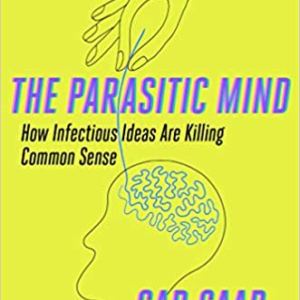
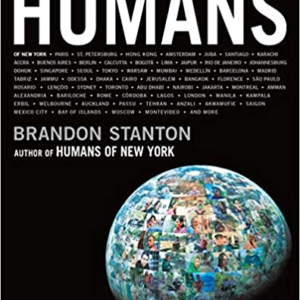


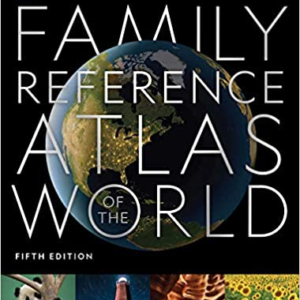

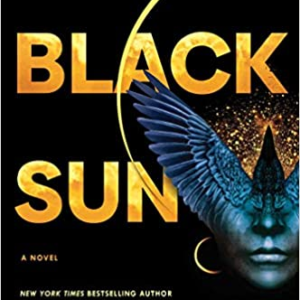
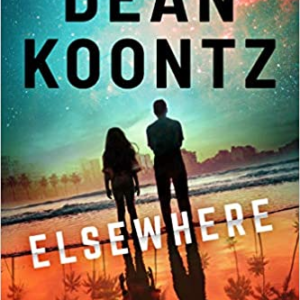
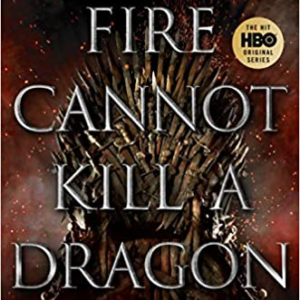
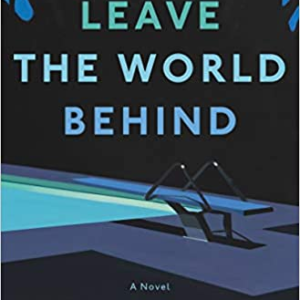
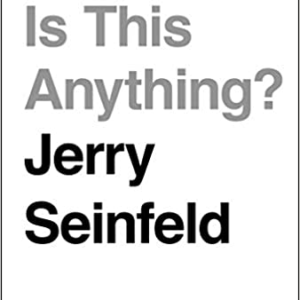





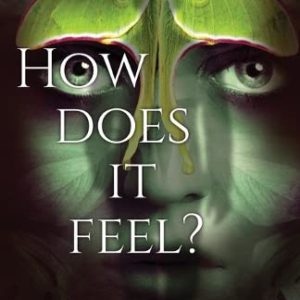







There are no reviews yet.